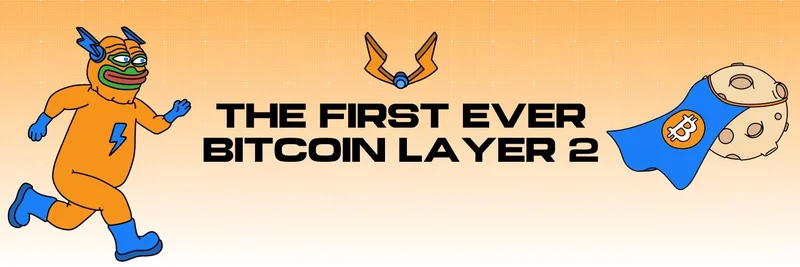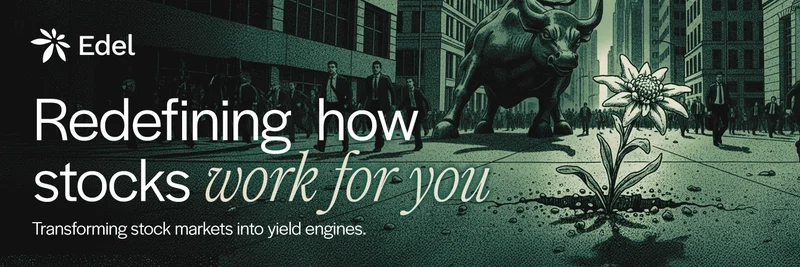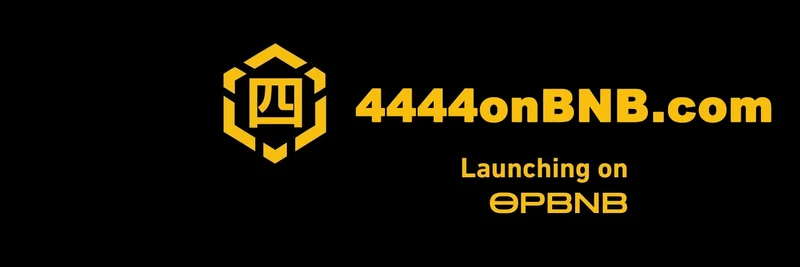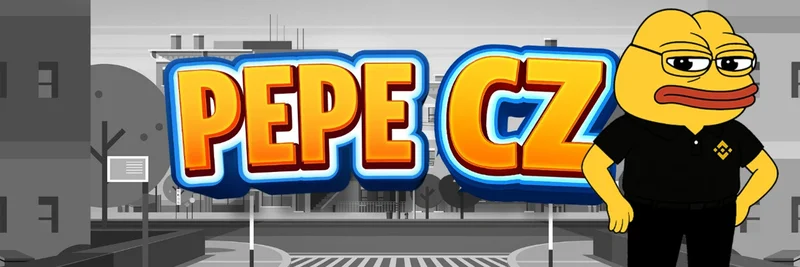Hey there, crypto enthusiasts! If you’ve been scrolling through X lately, you might have stumbled upon a thought-provoking post by ripe0x that’s got the community buzzing. The tweet simply states: “if you’re dismissing work based on its token standard you’re probably missing the point.” Posted on July 28, 2025, this short yet powerful message has sparked a wave of responses, and it’s a great opportunity for us at Meme Insider to dive into what this means for blockchain practitioners and meme token lovers alike.
What Are Token Standards, Anyway?
Let’s break it down. Token standards—like ERC-20 or ERC-721 on Ethereum—are like the rulebooks for creating tokens on a blockchain. They ensure that tokens work smoothly across wallets, exchanges, and decentralized apps (dApps). For example, ERC-20 is the go-to for fungible tokens (think everyday cryptocurrencies), while ERC-721 powers non-fungible tokens (NFTs) like digital art or collectibles. But here’s the kicker: these standards are just the starting point, not the whole story.
Ripe0x’s point is spot-on—fixating on the token standard can make you overlook the real value of a project. It’s like judging a book by its cover or a meme coin by its launchpad. The true magic lies in the vision, the community, and the utility behind the token.
Why Vision and Community Matter More
Take a look at the replies to ripe0x’s tweet. nounspacetom.eth chimed in, saying, “token standards are just the launchpad, not the destination. what really matters is the vision, community, and utility that take flight from there.” This echoes a key truth in the crypto world: a project’s success hinges on its long-term goals and the people supporting it.
For instance, meme tokens like Dogecoin started as a joke but gained traction thanks to a passionate community and clever marketing. The token standard (in Dogecoin’s case, its own blockchain) was secondary to the hype and utility it eventually found. Similarly, a project with a solid roadmap—say, one that aims to revolutionize DeFi or gaming—can shine regardless of whether it uses ERC-20, BEP-20, or something else.
Utility: The Real Game-Changer
Utility is another big piece of the puzzle. A token’s purpose—whether it’s powering a dApp, rewarding users, or enabling governance—often outweighs the technical details of its standard. The web results from Binance Academy highlight how token standards ensure interoperability, but they also stress that understanding a token’s role in DeFi or digital asset management is what really counts.
Imagine a meme token that lets you vote on community decisions or earn rewards for holding it. That utility can drive adoption, even if the token standard isn’t the flashiest. Dismissing it because it’s not ERC-20 could mean missing out on the next big thing!
The Meme Token Perspective
At Meme Insider, we’re all about keeping you in the loop on meme tokens, and this discussion fits right in. Meme coins often get flak for being speculative, but projects like Shiba Inu have shown that a strong community and creative use cases can turn a quirky idea into a market mover. The token standard? Mostly irrelevant when the meme culture and utility take center stage.
Don’t Miss the Forest for the Trees
So, what’s the takeaway? Next time you’re evaluating a blockchain project, don’t get hung up on the token standard. Dig into the vision—where is this project headed? Check out the community—how engaged are the supporters? And explore the utility—what problem does it solve? As Ranofty put it in their reply, “It’s important to consider the value of the work beyond its token standard.”
This advice is gold for blockchain practitioners looking to stay ahead. Whether you’re into NFTs, DeFi, or the wild world of meme tokens, keeping an open mind could lead you to hidden gems. Head over to Meme Insider for more insights and updates to sharpen your crypto knowledge!
What do you think? Have you ever overlooked a project because of its token standard? Drop your thoughts in the comments—we’d love to hear from you!




